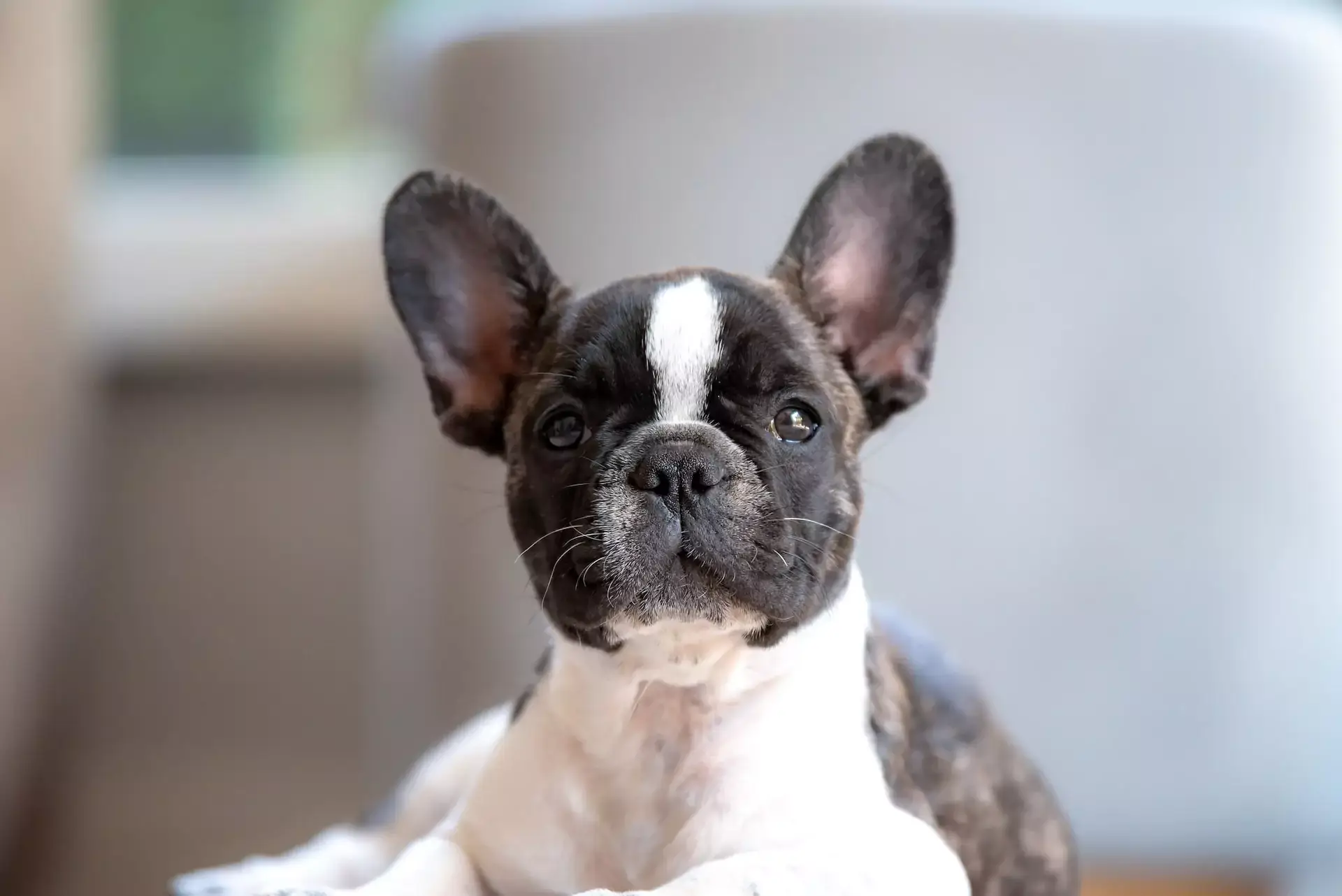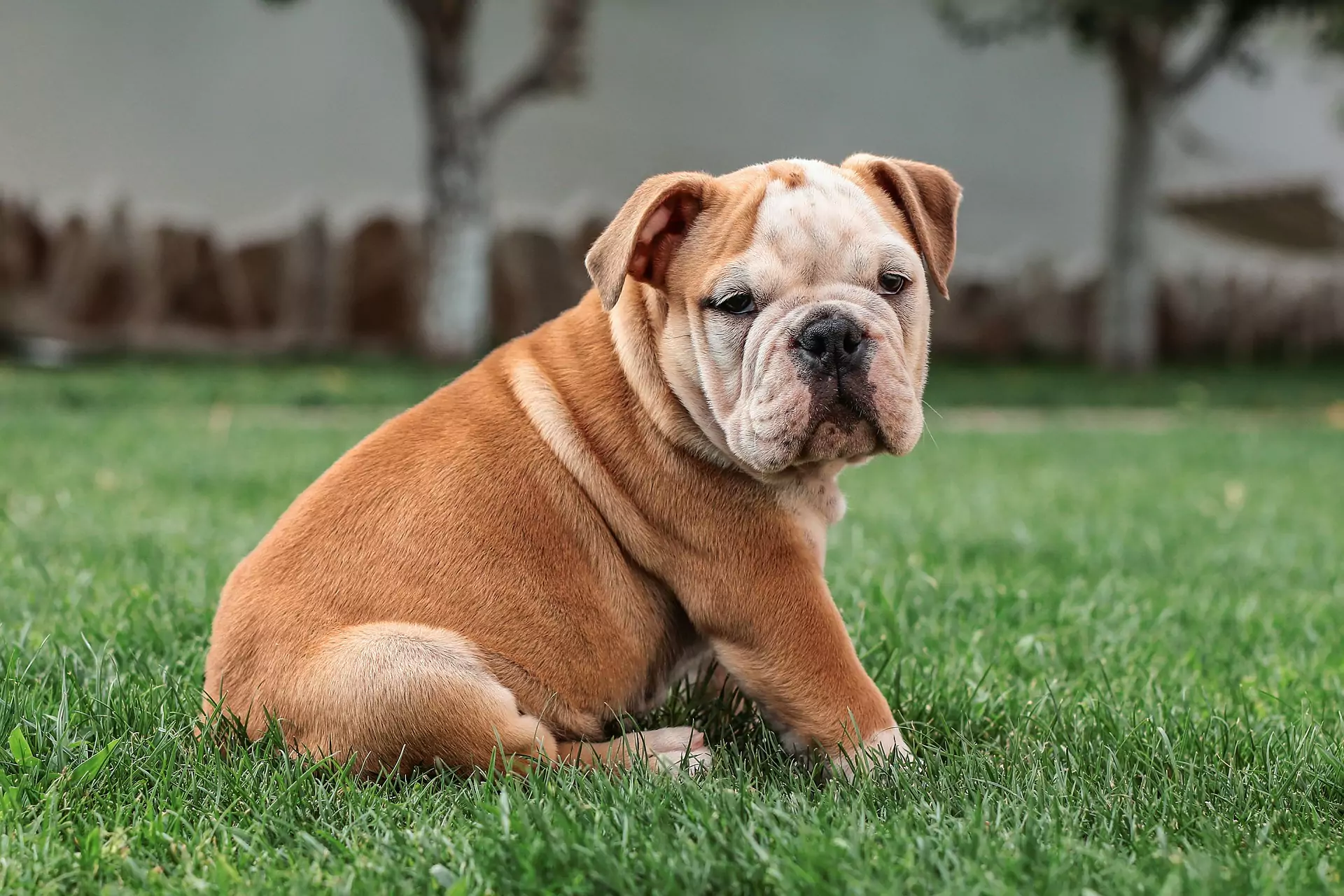Welcome to “Quirky Kitten Fun Facts,” your ultimate guide to the delightful and unexpected traits of our feline friends during their formative weeks. Kittens, much like toddlers, exhibit a myriad of behaviors and characteristics that can leave pet owners both amused and puzzled. From their rapid development to their unpredictable antics, understanding these quirks not only deepens the bond with your pet but also ensures their well-being. This article explores the captivating world of kittens, shedding light on why they behave the way they do and how these behaviors serve their growth and adaptation. Dive into the playful universe of kittens, and discover the scientific explanations behind their most charming and perplexing behaviors. Whether you’re a long-time cat owner or considering adding a young feline to your family, these quirky kitten fun facts will enhance your knowledge and appreciation of these enchanting creatures.
Does your heart often melt at the sight of an incredibly cute kitten picture? Cats hold our affection at every stage of their lives, but it’s during their kitten phase that they become irresistibly charming, not to mention incredibly amusing. What is it about kittens that makes them so captivating? What special allure do these furry bundles possess that leaves us enchanted? Discover amazing facts about adorable little Fluffy from a Greeley, CO vet in this article.
A Purr-fect Soundtrack
It’s common knowledge that cats purr, right? This behavior probably began as a form of communication between the mother and the kitten. While nursing, little Fluffy can’t meow. Purring likely developed as a way for both mother and kitten to signal their sense of safety, comfort, happiness, and love to each other.
Did You Order Biscuits From the Kitty Bakery?
Our beloved feline companions exhibit a plethora of charming habits. One such behavior, known as kneading or “making biscuits,” though occasionally painful, is an expression of affection. This behavior traces back to kittenhood when kneading stimulated milk flow during nursing. Hence, when your adult cat kneads, it signifies a deep bond, recognizing you as a caregiver.
The Beginning Hue is, Shockingly, Blue
Fun facts about cats reveal that all kittens start their life with stunning blue eyes. Little Fluffy typically opens her eyes roughly a week after birth. Once open, the eye color can change gradually. By the time she reaches one year old, the eye color usually sets permanently, though pigment changes may continue into the second year. Notably, specific breeds, such as the Siamese, maintain their mesmerizing blue eyes throughout their lives.
Birth Without Vision
Newborn kittens are vulnerable primarily because they are born blind and deaf. It takes about a month for their vision to develop, even after their eyes open.
Claw-ver Reflections
Have you ever been scratched up by a little kitten? Whether Fluffy was engaging in a game or using your leg as a climbing post, it probably left you with lots of little papercuts. Those tiny claws can be surprisingly sharp! Did you know a kitten’s claws tend to be sharper than those of adult cats, simply due to their smaller size? Thankfully, this period doesn’t last too terribly long. After 4 weeks, your lion-wannabe will have full retraction down pat.
Each Kitty Ages at its Own Rate
Have you ever wondered about the varying maturity rates among cat breeds? Take the Maine Coon, for instance; it usually takes until around three or four years old to reach full maturity. Furthermore, there are some cats that seem to stay forever young, but we can get into that another time.
Enthralling Us for Countless Generations
Around 10 to 12,000 years ago, humans and cats initiated their partnership, as research suggests, aligning with the dawn of agriculture in the fertile crescent. Envision our ancestors during this era, utterly captivated by these delightful animals! By the height of ancient Egypt’s flourishing society, cats had cemented their role in human life. Egyptians revered cats, considering them sacred entities, and worshiped Bast, a cat goddess often depicted with playful kittens—fun facts about cats that highlight their historical significance and enduring charm.
Their Antics Have Fueled Many Folklore Tales
Across cultures, cats have held a special place in myths and legends, and one story that captures the essence of kittens is the legend of the pussy willow. Legend has it that these tiny felines once found themselves in a perilous situation, swept away by a river’s current. Fortunately, a compassionate tree on the riverbank heard their cries and bent its branches, creating a pathway for the stranded kittens to climb to safety. Since then, the tree has sprouted buds covered in soft down, serving as a tender homage to its furry little rescuers. It’s a delightful tale that underscores the enduring bond between cats and nature, don’t you think?
Who’s Their Daddy?
An intriguing aspect of cats, confirmed by a Greeley, CO vet, is their ability to produce litters with different fathers, which is uncommon throughout other species. This results in kittens who may only be half-siblings genetically, adding complexity to feline reproduction.
They Lack Self-Warming Abilities
Regulation of body temperature doesn’t develop in kittens until they’re around five weeks old. In their first month, they rely on their mother and littermates for warmth, leaving them highly susceptible to the cold.
The urge to seek out warm napping spots often persists in many cats throughout their lives. Fluffy, for instance, revels in lounging in sunny patches and cozying up in warm laundry baskets. This behavior remains consistent, providing them with comfort and solace.
Why Are They Such Cuties?
Fun facts about cats often highlight the enchanting qualities of kittens. Their cute and charming nature may be partly due to their large eyes, which are disproportionately big compared to their heads. Intriguingly, while a kitten’s head grows, its eyes do not. This distinctive trait enhances their irresistible appeal, making us fall in love with their innocent gaze.
Then again, little Fluffy’s playful antics and adorable vocalizations have a knack for winning over hearts.
Would You Say Clowder or Kindle?
Did you realize that a multitude of cats is officially labeled a clowder? Also, a gathering of kittens is formally termed a kindle.
A Rare Jewel
Once in a while, a certain cat captures our hearts and becomes a sensation. Over the years, numerous celebrity cats, such as Grumpy Cat and Colonel Meow, have risen to fame online. One standout feline was Lil Bub, affectionately known as the perpetual kitten due to her dwarfism, which affected her tooth development. Despite growing up, she maintained an endearing kitten-like charm.
A Fresh Perspective
Cats have their own unique outlook on life, exemplified by Fluffy’s distinct vision. Unlike humans, cats possess superior depth perception and night vision. However, their ability to perceive colors is limited compared to ours.
Whiskered Wonders in Literature
Medieval manuscripts bear witness to the close relationship between cats and humans, with pawprints serving as tangible evidence. Cats have long been woven into the tapestry of literature. From Dinah in Alice in Wonderland to iconic figures like Hello Kitty and Nermal from Garfield, feline characters have captured readers’ imaginations. Their presence in literature reflects the timeless allure of these captivating creatures.
Which Term Fits: Kittens or Cubs?
In the realm of big cats, there are fascinating parallels with our domestic feline companions. These majestic creatures often exhibit behaviors and preferences similar to those of our beloved housecats, like their affinity for cozy boxes. However, amidst these similarities, notable differences exist. Unlike their smaller counterparts, the offspring of large cats are typically referred to as cubs, underscoring the unique aspects of their lives and habitats.
What’s the Story Behind the Word “Kitten”?
Curious about why baby cats are named kittens? The term has its origins in Middle English, with “kitoun” derived from the French “chitoun” or “cheton,” referring to a young cat.
Do They Have the Capability to Feel Earthquakes? Maybe.
Could cats have sensitivity to the Earth’s magnetic fields and detect tremors? Research into fun facts about cats is examining this intriguing question. It’s logical, considering their known capabilities to discern subtle changes, such as wind direction, with their paw pads and whiskers, and sense impacts, like footprints.
They’re Infused with a Bit of Magic
Cats possess the remarkable ability to purr at specific frequencies, a lesser-known fact. Typically, these frequencies range between 25 and 140 Hertz. Beyond their soothing effect, they hold the potential to promote tissue healing and are utilized in physical therapy.
Tiny Hunters on the Prowl
Cats are natural hunters. Fluffy, though preferring domestic comforts, maintains her hunting instincts. Kittens, especially, are intrigued by their claws and teeth. Yet, this curiosity can lead to accidents, emphasizing the need for pet-proofing. Cats’ hunting nature remains a testament to their innate instincts, even within home environments.
Fun Facts About Cat in 2025: Vision, Jumping, and Scent Marking
How does a cat’s vision compare to human vision, especially in low light?
Cats have superior night vision compared to humans, which is a result of their unique eye structure. Their eyes are equipped with a higher proportion of rod cells, which are sensitive to low light levels. Additionally, cats have a reflective layer behind their retina called the tapetum lucidum, enhancing light sensitivity by reflecting light that passes through the retina back into their eyes. This adaptation allows them to see in light levels six times lower than what is required for human vision. However, cats’ color perception is less vibrant and diverse than humans’.
How many taste buds do cats have compared to humans and dogs?
Cats possess far fewer taste buds than humans and dogs. Specifically, a cat has about 470 taste buds, while humans boast approximately 9,000, and dogs have around 1,700. This significant difference explains why cats may appear less discerning about flavors compared to their canine and human counterparts. Cats’ taste receptors focus more on texture and aroma rather than the variety of flavors that humans and dogs can detect, aligning with their natural dietary preferences as obligate carnivores.
How high can cats jump relative to their own height?
Cats possess exceptional jumping abilities, often leaping up to five or six times their own height. This means a cat standing about one foot tall can jump to heights of five to six feet. This remarkable skill is attributed to their strong hind leg muscles and flexible spine, which provide the necessary power and agility. Kittens begin honing these abilities early on, developing coordination and strength as they mature. Awareness of their jumping capacity helps pet owners create safer home environments by securing elevated areas and minimizing potential hazards.
Can cats taste sweetness?
Cats lack the taste receptors for sweetness, a trait uncommon among mammals but typical for felines. This genetic anomaly means they do not perceive sweet flavors, which aligns with their natural dietary preferences as obligate carnivores primarily reliant on a protein-rich diet. Evolutionarily, their taste buds have adapted to detect amino acids and flavors that benefit their meat-centric dietary needs, making the sweet taste receptor unnecessary. Hence, cats generally show indifference to sugary foods, focusing instead on meats and other protein sources.
How do cats use scent glands in their paws when scratching furniture?
Cats have scent glands located in their paws, which secrete a unique smell when they scratch surfaces. This behavior is part of territorial marking, allowing a cat to leave both a visual mark and a scent trail that signals its presence to other cats. Scratching also helps remove the dead outer layer of their claws, maintaining their sharpness. The scent left behind through scratching serves to communicate ownership and establish boundaries within their environment, making it a multifunctional activity for feline species.
Need assistance with kitten care? Feel free to contact us, Front Porch Animal Clinic in Greeley, CO. We’re here to offer our expertise!



